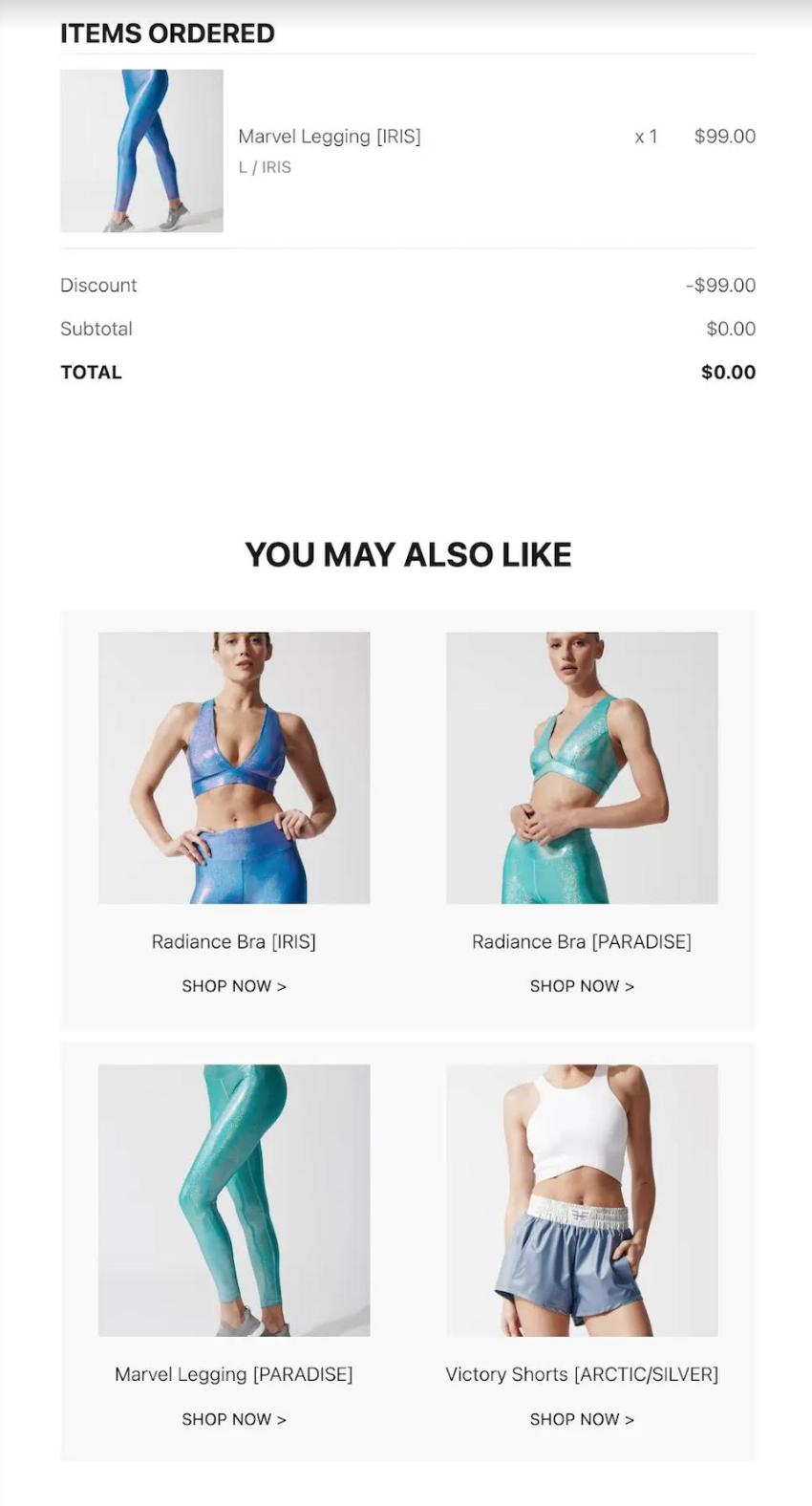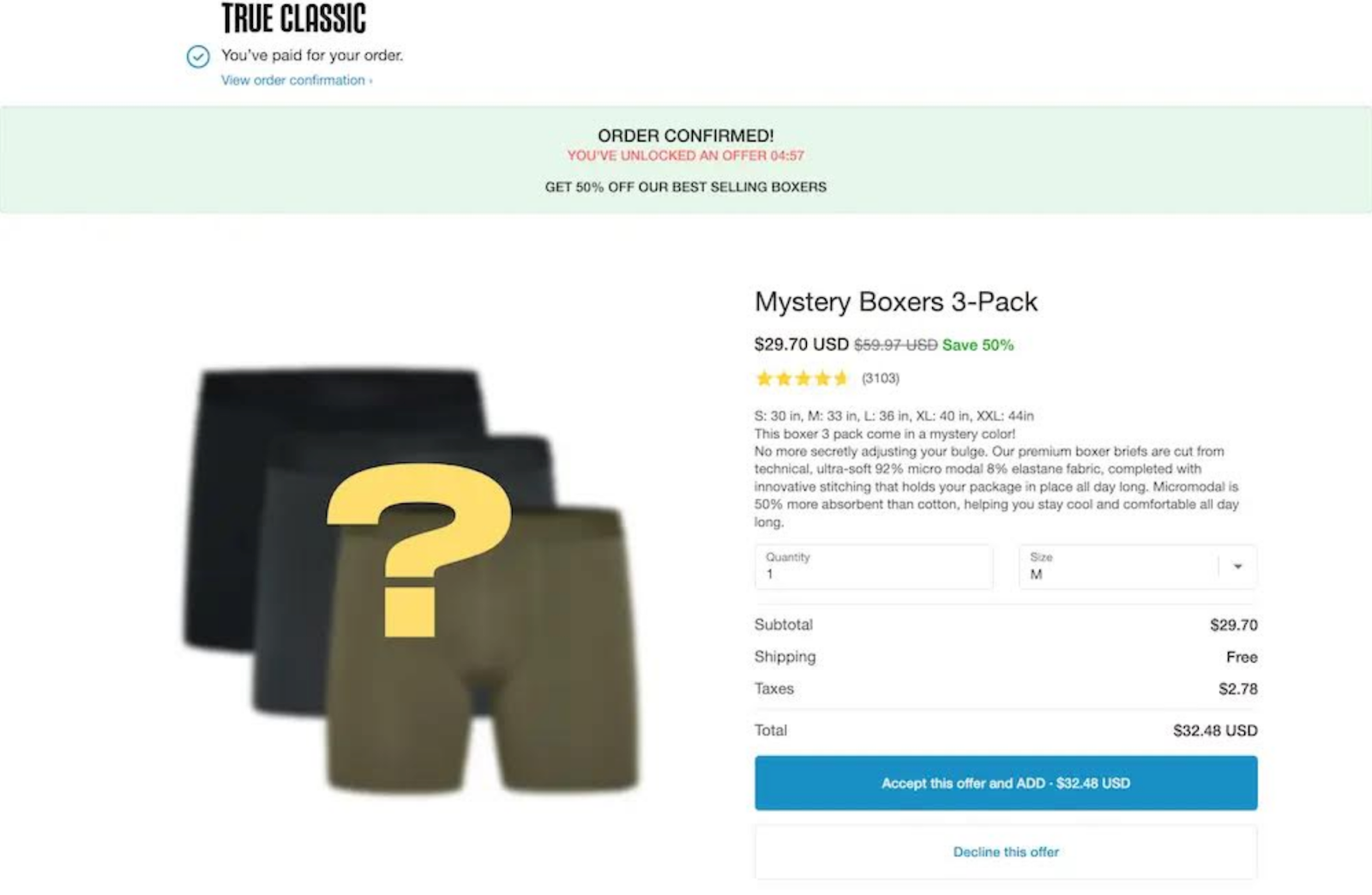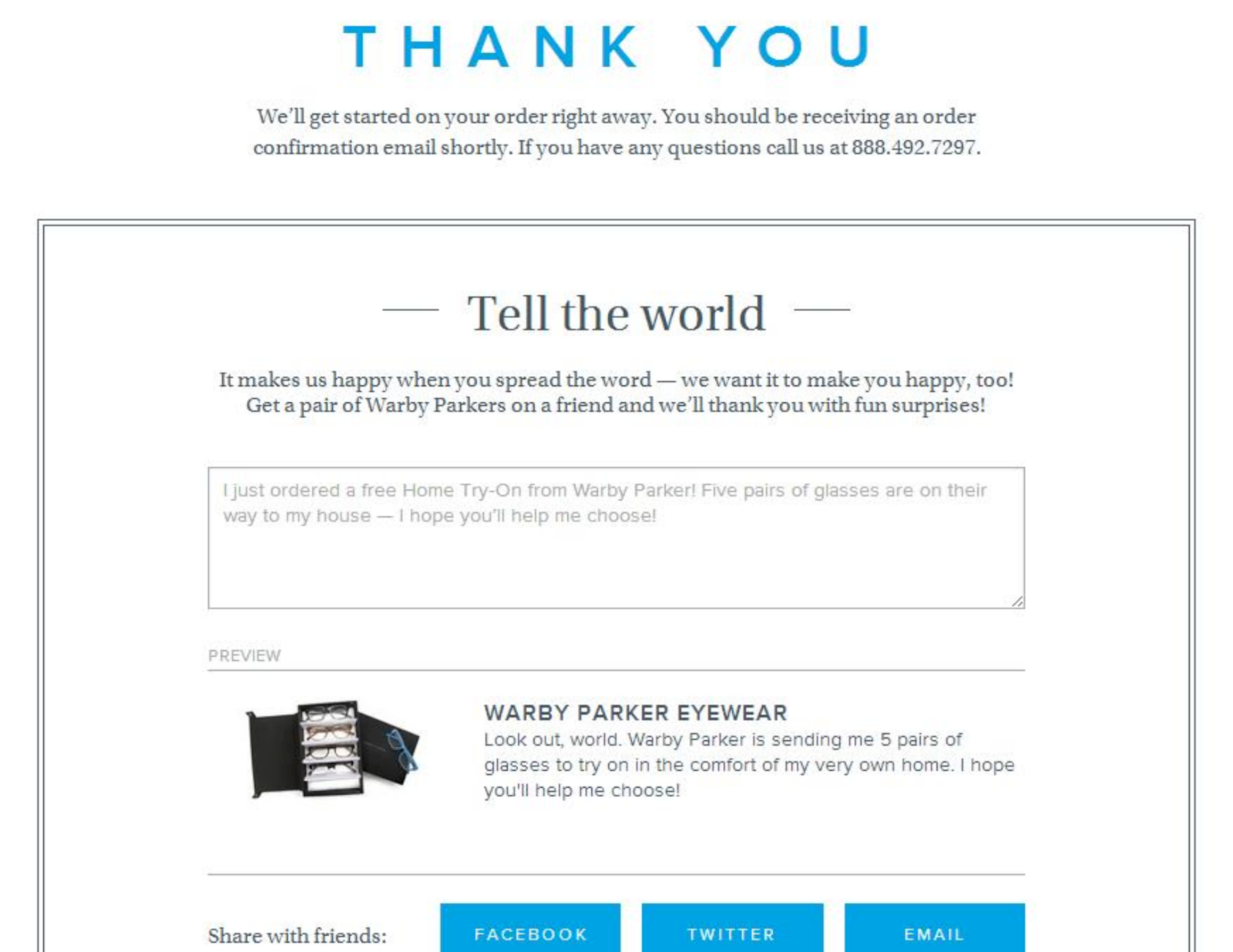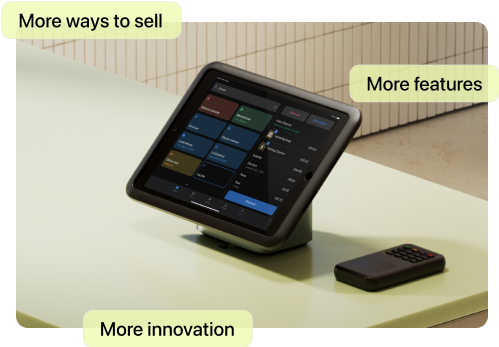The moment right before a purchase is exciting. Customers spend time researching and contemplating the right product. As they finalize their order, they eagerly anticipate how it will enhance their lives, leading to the all-important moment when they click Buy Now. But what unfolds after the purchase? Incorporating a thank you page into your customer journey is a way to sustain your customers’ excitement once the transaction concludes.
What is a thank you page?
A thank you page is a web page that appears immediately after a user performs a desired action. Thank you pages aren’t just for purchases. They can appear after a user responds to almost any call to action, such as registering for an event, creating an account, or inputting data into a submission field. A thank you page is an opportunity to confirm the action is complete, thank the user, and provide additional information.
A thank you page is a small gesture that can have a significant impact. Since it’s an opportunity to express appreciation, it can help boost conversions, improve customer retention, and introduce another point of communication that deepens your relationship with your customers. A thank you page is also a chance to sell additional products and encourage visitors to stay in the sales funnel.
What should a thank you page contain?
- A thank you
- Confirmation
- Next steps
- Social links
- Customer testimonials
- Relevant content
- An incentive
A thank you page can accomplish a few different goals, including confirming a transaction and pointing customers to relevant content. Therefore, the exact messaging you use varies depending on where in the customer journey it appears. Consider including these elements to create the most impactful thank you page.
A thank you
A simple “thank you” can make a customer feel valued. Take a moment to express gratitude for your customers before you ask them to perform another task.
Confirmation
Thank you pages typically appear after a web visitor completes an action, such as when they purchase an item. Make it clear that the transaction went through successfully.
Next steps
Tell the user what to expect next. If they purchased an item or signed up for an upcoming webinar, tell them where they can find more information. Provide a clear description of how you will deliver any assets.
For example, if a customer purchased a PDF download, you could include a download link on the thank you page. Many thank you pages include a message that directs users to their email inboxes for further information.
Social links
Give customers a way to stay engaged byincluding links to your social media accounts. You may also include social sharing buttons to encourage users to post about their experience.
Customer testimonials
Including social proof, such as customer testimonials or links to user-generated content, can help reassure consumers that they made a good decision.
Relevant content
Providing additional resources can keep customers on your website longer. Consider including links to any relevant content you’ve published. For example, if you sell artisanal vanilla bean paste, you could include images of baked goods and links to recipes featuring your product on a post-purchase confirmation page.
An incentive
Offering an incentive can grab someone’s attention and encourage further action. Some thank you pages offer a discount on future purchases or encourage referrals with a reward.
Types of thank you pages
One goal of thank you pages is to keep consumers engaged even after they perform a desired action. These dedicated pages can help turn new leads into paying customers by appearing at the right time and suggesting the next logical step in the sales funnel.
Here are situations that may call for a thank you page:
Account creation
A confirmation page is the first thing a new user sees after creating an account. On top of showing gratitude to someone for creating an account, this page can be a good opportunity to include customer testimonials or links to product tutorials to give them an idea of what to expect on the platform.
Appointment or event registration
Use a thank you page to provide additional information after a user completes a webinar sign up or creates an appointment. It can provide more information about the event or encourage users to share their attendance on social media. It can also remind users to add the event to a personal scheduling tool or Google calendar.
Purchase confirmation
After a customer makes a purchase, a thank you page can express appreciation and confirm that the transaction is complete.Many businesses take this opportunity to boost sales by offering an upsell or cross-sell. If a user purchased a new set of golf clubs, for example, a purchase confirmation page could thank the customer while also promoting new golf balls.
Subscription sign up
A thank you page for new subscribers is an opportunity to suggest another action. After they’ve signed up for email newsletters, encourage leads to take an additional step. This could be making a purchase, inviting friends, or attending an event.
Examples of thank you pages
Consider these thank you page examples, including two from Shopify merchants:
Heroine Sport

Heroine Sport, which uses Shopify, has a thank you page that provides a good example of cross-selling. After a user purchases a set of leggings, Heroine Sport uses its thank you page to promote additional products from the same line. This is an effort to target customers with products tailored to their taste.
True Classic

Shopify merchant True Classic provides an example of a purchase confirmation page with an upsell. On this page, True Classic starts by confirming that the order was successful, then offers a limited-time 50% discount off a mystery boxer set.
Warby Parker

Warby Parker’s post-purchase thank you page begins with a brief expression of gratitude. The copy makes it clear what the customer should expect next: a confirmation email. This page also includes a strong call to action that encourages visitors to share their purchase on social media.
Thank you page FAQ
What is the difference between a thank you page and a landing page?
Marketing materials such as emails and digital ads often drive to landing pages, which are web pages designed to elicit a specific response from a user. Thank you pages, on the other hand, appear at the end of the conversion process after a user has performed the desired action.
Do thank you pages impact SEO?
Thank you pages should not have a significant impact on your site's search performance. To keep a thank you page from appearing in search results, you may choose to mark the page as “no index.”
Should you include social media links on a thank you page?
Yes. Including social icons or links on a thank you page offers visitors a way to learn more about your company and stay connected.
Should you track analytics for your thank you page?
Yes. Tracking metrics like link clicks and time on the page can help you spot areas for improvement and optimize your page design.





